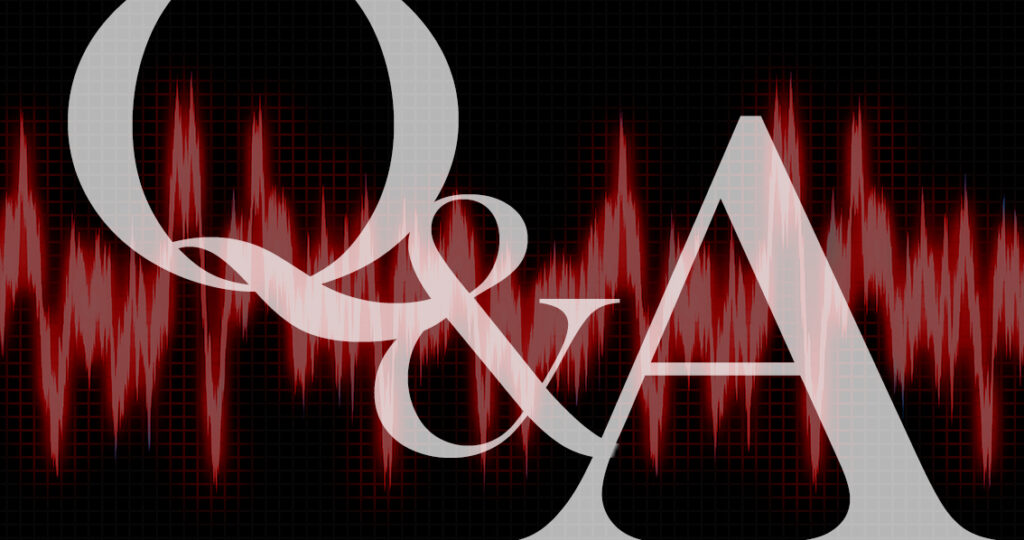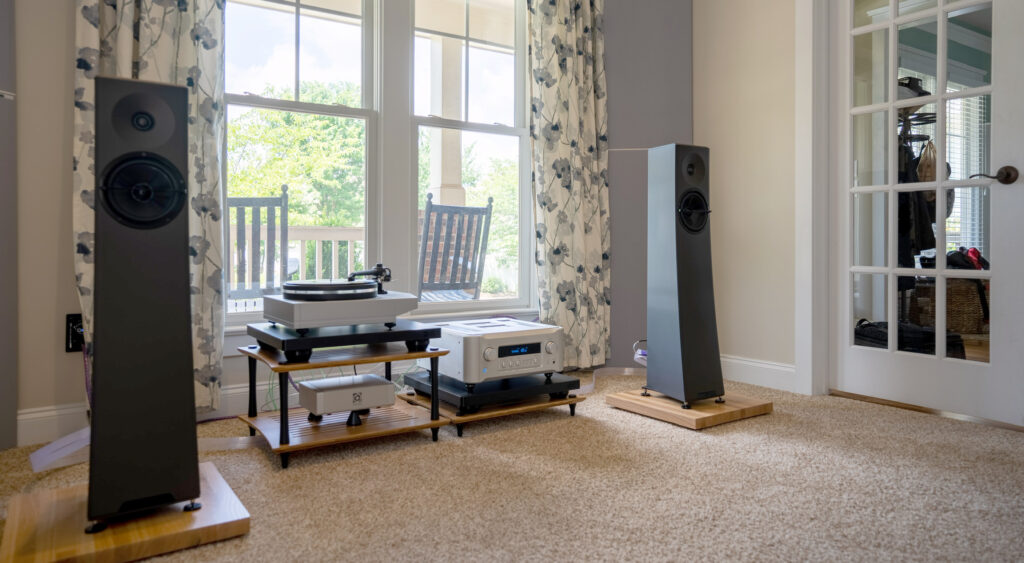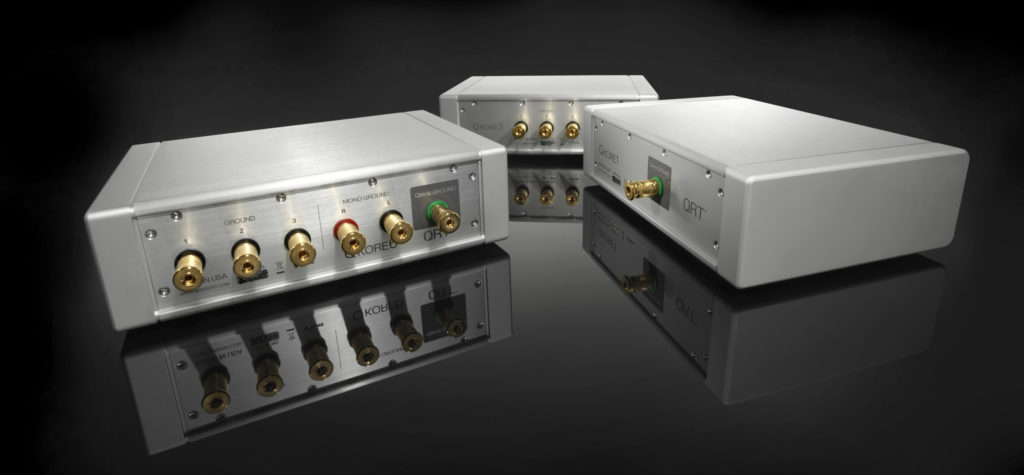
Recently, the idea and means of artificial grounding has been a hot topic in the audio industry. Effective electrical grounding in a hifi audio system can mean the difference between enjoying your music and falling in love with it. System noise is a complicated and incessant problem, so why not answer some commonly asked questions about grounding?

Q: What elements in the environment around my system have an effect on its performance.
A: Interference that impacts the power domain is all around you, constantly bombarding your system. Your AC power lines are contaminated with electrical surges, pulses, and switch-mode hash from home appliances, plug-in chargers, light dimmers, and fluorescent and LED lights. Even the air is polluted by radio frequency interference (RFI) and electromagnetic interference (EMI), levels of which are increasing due to the prevalence of Bluetooth, Wi-Fi, and cellular signals.

Q: What is signal ground and how can it negatively impact my system?
A: A signal ground is an analog or digital ground that is attached to every signal being transmitted between devices in a system. Since these devices are usually powered separately, it is inevitable that there will be small differences between their potentials, causing small currents to circulate in order to compensate. These currents add to the background noise, obscuring low-level detail in music reproduction.
Q: What does an “Artificial Ground” do?
A: An artificial ground sinks the impedance of a component lower than the house earth ground, so that high-frequency noise on the signal ground will drain away, leaving a clean reference behind.
Q: What audible improvements can I expect to hear after addressing grounding issues in my system?
A: There are several improvements you can count on by addressing the grounding issues in your system. The image separation will be greatly improved, exposing nuances in dynamics and accent markings that would otherwise have been missed. You’ll also experience a tighter, deeper, and more authoritative bass. However, the most noticeable change will be a dramatic drop in your noise floor which will provide a quieter, ‘darker’ background, resulting in a wider, more lifelike soundstage.

Q: What is Nordost’s solution to grounding problems?
A: Nordost’s grounding solutions are QKORE Ground Units. QKORE units are parallel grounding devices which provide an artificial, “clean” earth for hifi audio systems using both an electrical and mechanical approach. The QKORE1, QKORE3, and QKORE6 products combine Nordost’s patented Mono-Filament technology with purpose-built, Low-Voltage Attractor Plates (LVAPs), constructed with a proprietary metal alloy and a passive electronic circuit, in order to draw stray high frequency noise and voltage-generated magnetic fields to a manufactured earth point, leaving a clean reference behind
For more information on grounding and to help you better understand why it is needed, what improvements can be heard in a properly grounded system, and what artificial grounding solutions can offer, download this article: The Importance of Electrical Grounding in Audio Systems

